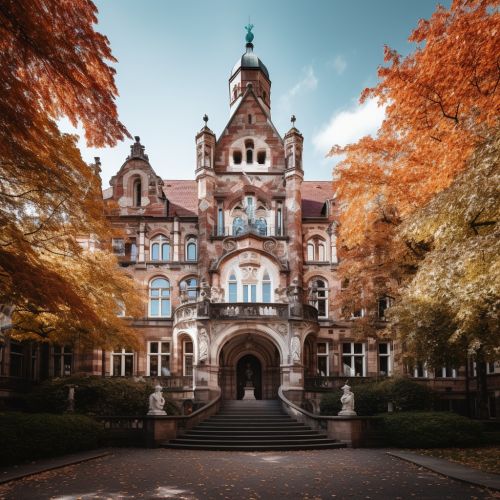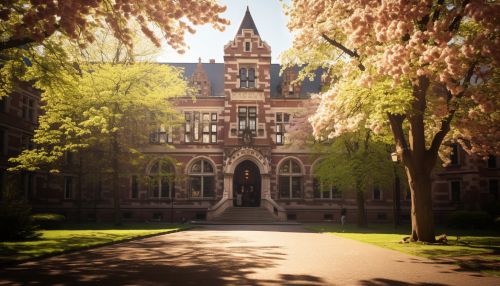Robert Bunsen
Early Life
Robert Wilhelm Eberhard Bunsen was born on March 31, 1811, in Göttingen, Germany. His father, Christian Bunsen, was a university professor and headmaster of the Gymnasium in Göttingen. Bunsen's early education was heavily influenced by his father's academic background. He attended the University of Göttingen, where he studied chemistry, physics, and mineralogy.


Academic Career
After completing his studies, Bunsen began his academic career as a lecturer at the University of Göttingen. In 1836, he was appointed professor of chemistry at the University of Marburg, where he conducted significant research on organoarsenic compounds. His work in this area led to the development of the Marsh test, a highly sensitive method for detecting arsenic, which had important implications in forensic science.
In 1852, Bunsen moved to the University of Breslau, where he continued his research in chemistry. However, his tenure at Breslau was short-lived, and he returned to the University of Heidelberg in 1852, where he remained until his retirement in 1889.
Bunsen Burner
Perhaps the most well-known of Bunsen's contributions to science is the Bunsen burner, a common piece of laboratory equipment that bears his name. Bunsen developed the burner in 1855 while at Heidelberg. The Bunsen burner provided a simple means of producing a hot, sootless, non-luminous flame, which could be used for heating or combustion in the laboratory. This invention greatly facilitated quantitative chemical analysis and became a staple of laboratories worldwide.


Spectroscopy
In collaboration with physicist Gustav Kirchhoff, Bunsen developed the field of spectroscopy, a technique used to analyze the light spectrum produced by heated elements. This work, which began in 1859, led to the discovery of two new elements, cesium and rubidium, in 1860 and 1861, respectively. Bunsen and Kirchhoff's work in spectroscopy laid the foundation for the development of quantum mechanics in the 20th century.
Later Life and Legacy
Bunsen retired from the University of Heidelberg in 1889. He remained in Heidelberg until his death on August 16, 1899. Bunsen's contributions to the field of chemistry, including the development of the Bunsen burner and his work in spectroscopy, have had a lasting impact on scientific research. His work continues to be recognized and celebrated in the scientific community.
